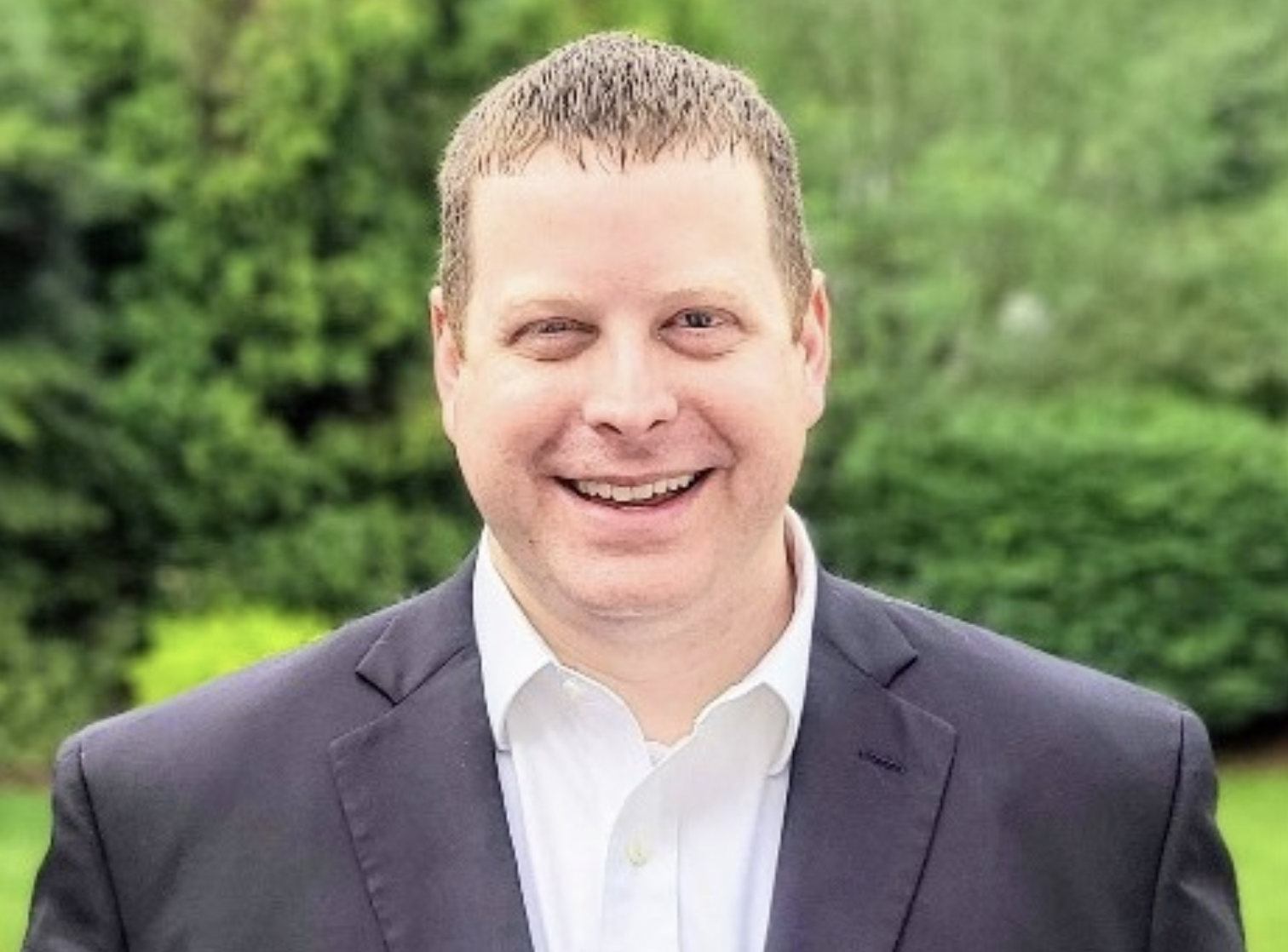A Pivotal Moment for New York, Clean Energy and Job Creation
Transformational moments that define generations – and create huge opportunities for New Yorkers – do not come along often. The Inflation Reduction Act (IRA) is one of those moments. It is a down payment for an energy system that will curb the impacts of climate change while creating economic opportunities for Americans to work producing clean, resilient, domestic energy. Through the outstanding leadership of the New York State Energy Research and Development Authority (NYSERDA) and Governor Hochul, New York is already poised to lead the nation with enough clean and domestically produced offshore wind energy to power 6 million homes by 2035. The IRA takes a monumental step towards achieving this goal by investing directly in the research and development necessary to make clean energy more affordable. These investments will help reduce the cost of siting, constructing and operating offshore wind farms as well as opportunities to generate more clean energy from each project. Just as importantly, the IRA incentivizes private developers to undertake these investments and rapidly scale the domestic offshore wind energy industry. The more turbines up and spinning, the lower the cost for all customers.Thousands of New Yorkers are now poised to be employed in a local supply chain that not only ensures well-paying union jobs, but also improves the resilience of our energy production by limiting our reliance on overseas manufacturing and long-range shipment of components around the world. Recently, NYCEDC estimated that the offshore wind industry will employee 13,000 New Yorkers and will generate $1.3 billion in average annual local investments in New York. The IRA will take this a giant leap further by investing $40 billion in clean energy manufacturing and shipbuilding, unleashing the full potential of offshore wind to transition the country to greater energy security. Additionally, it will create a stronger domestic supply chain capable of producing the equipment and components that we need to produce clean energy right here in New York.The IRA and leadership from New York will also ensure that the transition to this new domestic, clean energy industry is equitable — allowing us to invest in today’s energy workers and provide training for the skills needed for the clean energy jobs of tomorrow. To date, New York has already secured more than $80 million for worker training investments and community and workforce benefits. The IRA creates powerful incentives for developers like RWE and our partners at National Grid Ventures to invest even more capital into worker training and apprenticeship programs to provide American energy workers with long-term, successful careers in a new sector. And many of these opportunities will be the well-paying, union jobs that built our country and are the foundation of our economy. The IRA appropriately encourages developers to commit to paying prevailing wages and enter into collective bargaining agreements with the skilled workers who will bring clean energy to homes and businesses across the country. This comprehensive policy is evidence of New York’s determination to support marginalized communities in the development of offshore wind. The team at RWE and our partners, National Grid Ventures, continue to meet with dozens of stakeholder organizations in New York to learn how they want offshore wind to be developed in the Empire State. Their number-one desire is for manufacturing and supply chain jobs to stay in New York and the U.S., all of which is supported by the IRA and the leadership from the team at NYSERDA.
And while the offshore wind projects will be developed off Long Island, New Yorkers from Buffalo to Ticonderoga will benefit from these projects. Replacing fossil fuel plants that emit millions of tons of harmful emissions each year with clean energy from offshore wind farms will improve public health across the state. The investments made by New York, the IRA and developers like us will allow industrial brownfields such as Beacon Island and other sites to be redeveloped into advanced manufacturing facilities that will bring good-paying, skilled union jobs to replace the thousands that were lost when the original facilities at these sites closed; plus, this investment will benefit generations to come by providing hundreds of millions of dollars for local schools, roads, and other critical community services.
Sam Eaton is the Executive Vice President of Offshore Development Americas at RWE and has 15+ years of experience in the electric and natural gas industries.

